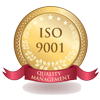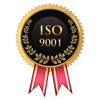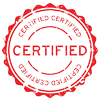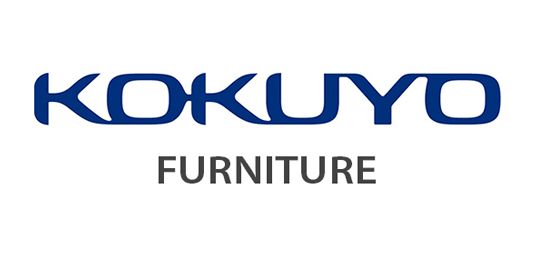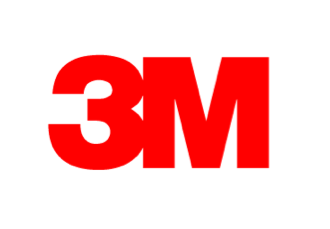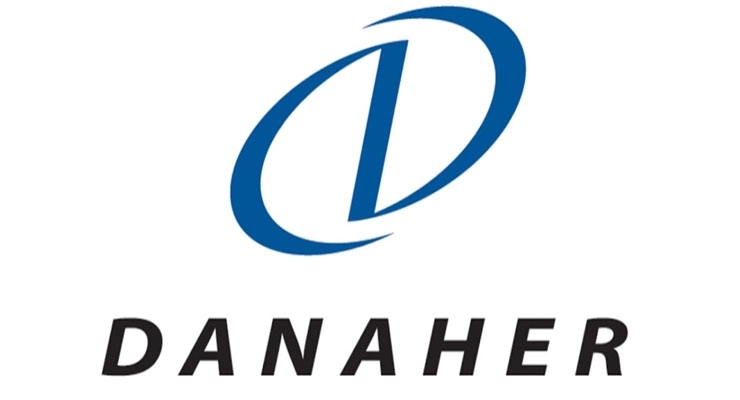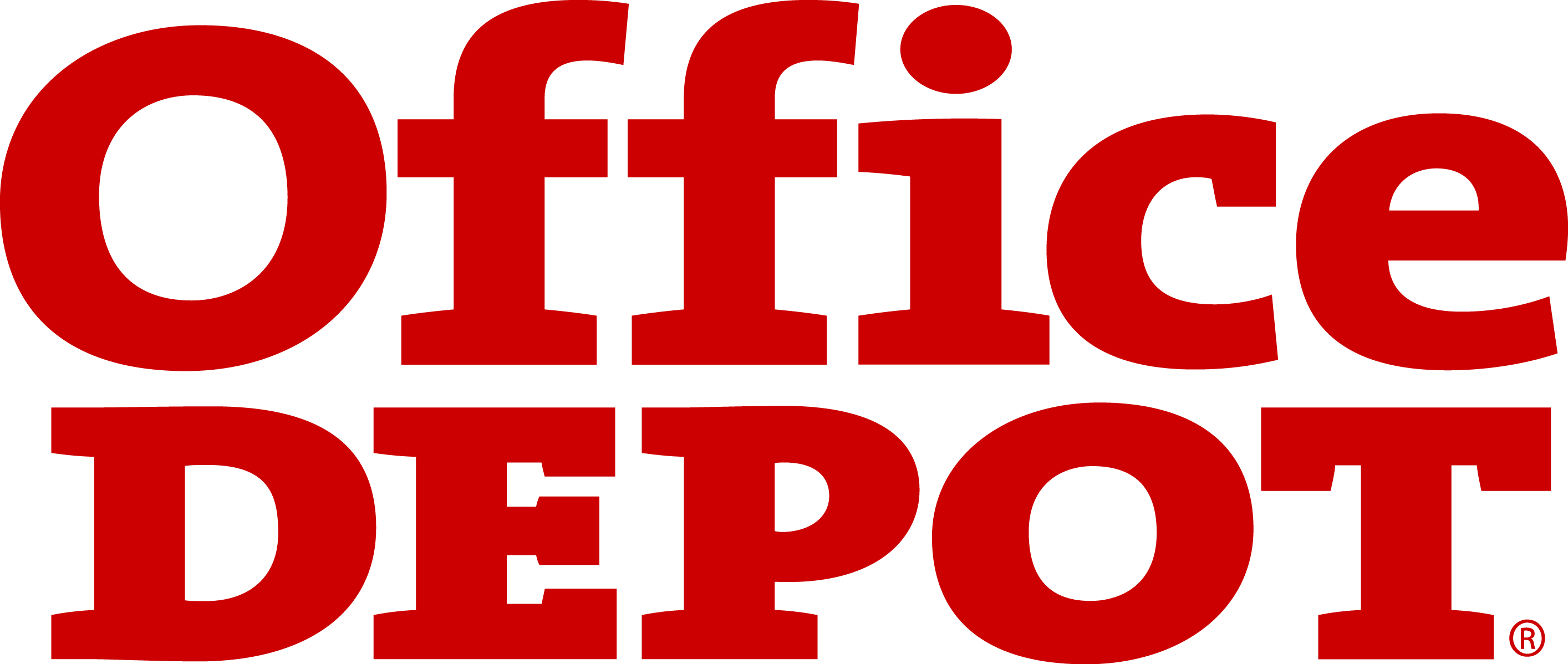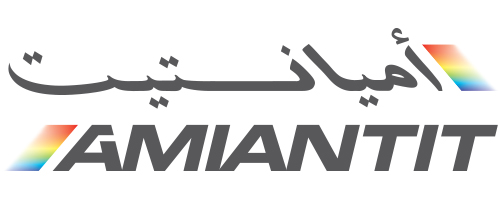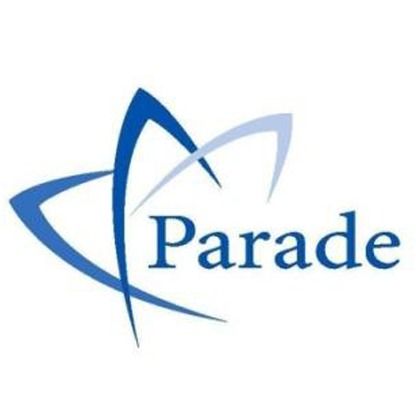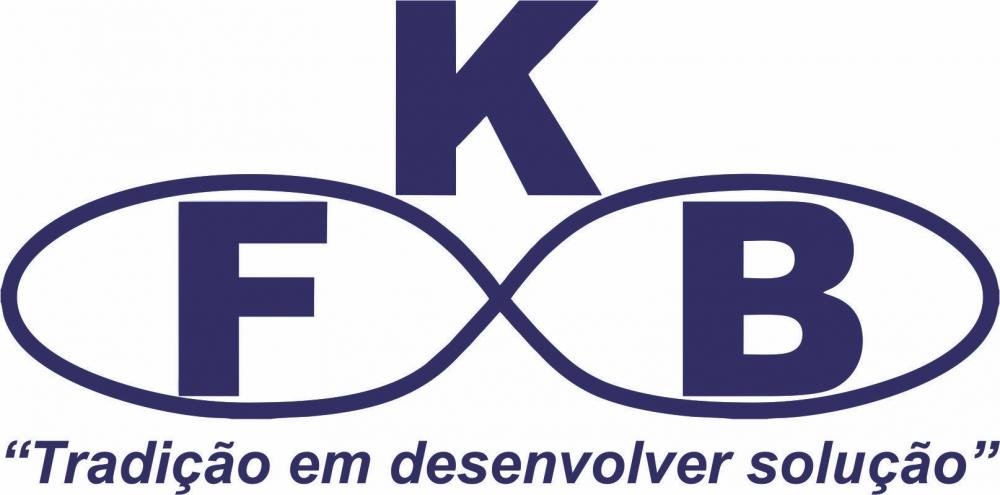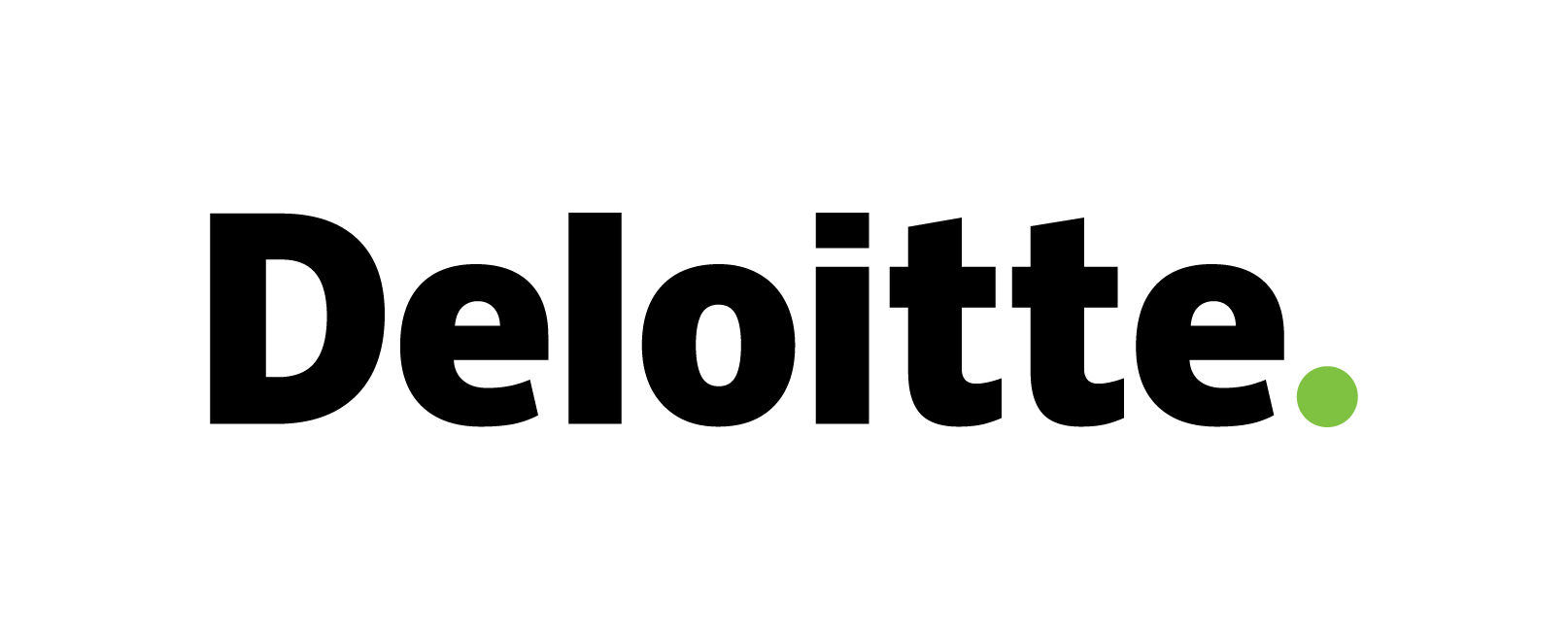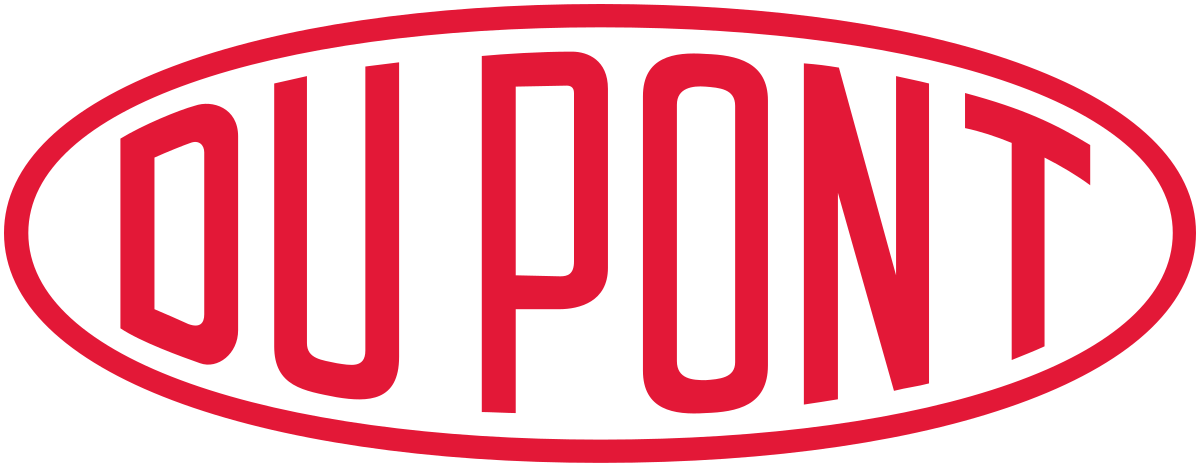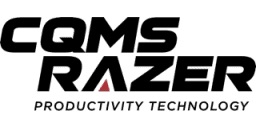Aerospace Coatings Market
Aerospace Coatings Market Trends, Opportunity, and Forecast Analysis, 2024-2033
Aerospace Coatings market revenue to generate USD 4.3 Billion by 2033, according to KDMI analyst’s growth analysis. The market is segmented by Type, Resin Type, Application, Technology, Industry Category, End-user, and by Region.
Aerospace Coatings Market Size Survey Report – In a Glance
As per the survey report on global Aerospace Coatings market, the market is projected to foresee a CAGR of 6.7% between 2024-2033, and further generate a market size of USD 4.3 billion by the end of 2033. In the year 2024, the market size was valued at USD 2.2 billion.
- The global Aerospace Coatings market is projected to grow on account of the increasing investment in commercial aircraft worldwide.
- In Japan, the Aerospace Coatings market growth can be attributed to the rising aerospace manufacturing sector.
- KDMI analyst’s growth analysis foresees fluctuating raw material prices to challenge the market growth.
- Asia Pacific, Having The Highest Market Share in the Aerospace Coatings market is projected to dominate the global market.
Aerospace Coatings Market Analysis
Analyst’s Observation on Aerospace Coatings Market Survey
Aerospace coatings are applied to the exterior of aircraft and spacecraft to protect against harsh atmospheric conditions and corrosion while enhancing safety, performance, and fuel efficiency. The aerospace coating market is growing rapidly due to increasing investment in commercial aircraft worldwide. It demands for aerospace coating that enhances durability, ensures thermal regulation, and improves the performance of spacecraft. IAC is the global leader in aircraft painting and aviation services, providing facilities across the USA and Europe. IAC has the capacity for 28 lines of aircraft and processes 800+ paint events yearly. PPG Industries Inc., Sherwin Williams, and Axalta Coating Systems Ltd are some of the significant parties in the global market for Aerospace Coatings.
Analyst’s Observation on Japan Aerospace Coatings Market Survey
In Japan, the market growth for Aerospace Coatings can be attributed to the rising aerospace manufacturing sector. The Japanese aerospace industry is working on research, new developments, and improved manufacturing of flight vehicles. The manufacturing processes for aircraft mainly focus on the production of satellites, their launch vehicles, and missiles. Manufacturers are adapting to new technology and emerging trends to improve their production. The increased aerospace manufacturing sector demands the highest level of sustainable aerospace coatings to protect the aircraft from damage caused by speedy elevation changes, temperature fluctuations, and disclosure to elements. Japan Airlines selects sustainable aerospace coating materials for their new launches to deliver excellent performance and low environmental impact. Kawasaki Heavy Industries, Chugoku Marine Paints, Ltd., and Asahi Kinzoku Kogyo Inc. are some of the significant parties in the market for Aerospace Coatings in Japan.
|
Aerospace Coatings Market: Report Scope |
|
|
Base Year |
2023 |
|
Estimated Market Size |
USD 2.2 Billion in 2024 |
|
Forecast Year |
2024-2033 |
|
Projected Market Size |
USD 4.3 Billion in 2033 |
|
CAGR Value |
6.7% |
|
Aerospace Coatings Market Key Trends/Major Growth Drivers |
|
|
Restraint Factors |
|
|
Aerospace Coatings Market Segmentation |
|
|
Aerospace Coatings Market Key Players |
AkzoNobel N.V (The Netherlands), PPG Industries Inc (US), Sherwin Williams (US), Mankiewicz Gebr. & Co. (Germany), Axalta Coating Systems Ltd (US), Saint-Gobain S.A. (France), Henkel Corporation (Germany), IHI Ionbond AG (India), Zircotec Ltd (UK), LORD Corporation (US), and others. |
Aerospace Coatings Market Growth Drivers and Challenges
Growth Drivers
The growing air passenger traffic: The domestic and international air travel industries are experiencing a record-breaking surge in passenger numbers, signaling strong future growth for the sector. The growing urbanization worldwide is propelling the growth of urban connectivity, leading to an increase in airline operations. Annually, a huge number of aircraft require frequent maintenance, such as the aerospace coatings to protect and enhance aircraft surfaces. Growing air passenger traffic needs the construction of new airports as well as the expansion of present airports, which often needs updated aircraft coated with strong, weather-resistant finishes. Global passenger traffic reached 8.7 billion in 2023, representing an increase of 30.6% from 2022. Such increased air traffic demands aerospace coating to extend aircraft’s service life, improve efficiency, and achieve a smoother, high-gloss surface, which is boosting the aerospace coatings market growth.
Advancements in Aerospace Coatings Technology: Technological advancements are a key factor in achieving more popularity of aerospace coating in aircraft and spacecraft sectors. Manufacturers are continuously focusing on coating innovation such as Nano-coatings technologies. It offers an ultra-thin layer of thickness about <100 nm, which is used to apply on the surface of aircraft to improve thermal management and resistance to heat and radiation. Nano-coating is a protective coating as it has improved water and ice protection and the ability to save aircraft surface from changing weather conditions. The role of nanotechnology in aerospace is transformative, it’s enhancing materials and systems boost the efficiency and durability of aerospace vehicles. Nanovere Technologies is the global leader in the development & manufacturing of industrial nanocoatings with multi-functional surface properties and has contributed to the growth of aerospace nanocoatings.
Restraint Factors
Fluctuating raw material prices: The Aerospace Coatings market is facing challenges due to fluctuating raw material prices, such as polyurethane resin and Epoxy resin, which is the primary raw material needed for the manufacturing of aerospace coating. Due to global supply chain disruptions, prices of resins are fluctuating, leading to higher manufacturing costs, and further, it hampers the aerospace coating market growth.
High prices for advanced coatings: Advanced aerospace coatings offer superior properties with specialized manufacturing processes, which leads to higher prices. High costs are not affordable for limited-budget manufacturers. The financial factor of manufacturing hampers the aerospace coating market growth.
Aerospace Coatings Market Segmentation
Our experts at KD Market Insights have segmented the global Aerospace Coatings market research report as:
|
By Type |
|
|
By Resin Type |
|
|
By Application |
|
|
By Technology |
|
|
By Industry Category |
|
|
By End-user |
|
|
By Region |
|
Aerospace Coatings Market Regional Synopsis
Asia Pacific holds the highest market share in the aerospace coatings industry, primarily driven by rising aviation and aerospace traffic. The aviation and aerospace sector of the region is undergoing rapid transformation due to increased air travel. The region is also recovering strongly from the pandemic and showing substantial growth of the aviation sector. Today, traffic levels in the Asia Pacific have grown extensively, driven by government-backed initiatives and strong consumer demand. Developing nations (China, Japan, India, and South Korea) are showing increased expenditure for aircraft maintenance such as surface coating, which boosts the manufacturing sector aerospace coating. Chinese and Japanese manufacturers use advanced technology to produce a variety of paints and coatings, meeting stringent aircraft production and maintenance standards. Asia Pacific is a big player in the aviation and aerospace industry, with high expenditure on new airports, expanding their airlines with maintenance services including aerospace coating, and manufacturing.
North America is expected to grow with the fastest CAGR in the Aerospace Coatings market, which is majorly driven by increased commercial airline. Commercial airlines are the part of civil aviation that transports people, goods, or mail for payment or hiring. Commercial airlines require high maintenance of coating because that involves frequent flights and exposure to harsh weather conditions. In the United States, most commercial airplanes are inspected by a team of maintenance professionals regularly, and most airplanes are sent for surface coating procedures. According to the Federal Aviation Administration (FAA), the total number of aircraft in the U.S. commercial airline squad (including regional carriers) stood at over 7,500 at the end of 2023. This results in increased demand for aircraft coating maintenance.
In Europe, technological advancements are boosting market growth. Some coating technologies rely on aliphatic diisocyanate (ADI) products as a key component. ADIs are used in the production of specialized polyurethane coatings, which are an important material for the aerospace industry.
In Latin America, the increasing investment in space operations is projected to fuel the global aerospace coatings market growth in the future. Spacecraft and aircrafts in the region, highly demand for aerospace coating for their maintenance.
In the Middle East and Africa, air travel demand has consistently increased in aviation due to rising disposable incomes, urbanization fuels the growth of the aerospace market.
As per our analysts at KD Market Insights, the following five players lead Asia Pacific Having The Highest Market Share Aerospace Coatings market growth:
Regional Company Names
- IHI Ionbond AG (India)
- Asahi Kinzoku Kogyo Inc.
- Nippon Paint
- Helios Coatings
- BrahMos Aerospace
Aerospace Coatings Market Competitive Landscape
Some of the key players who top the global Aerospace Coatings market share:
- AkzoNobel N.V (The Netherlands)
- PPG Industries Inc (US)
- Sherwin Williams (US)
- Mankiewicz Gebr. & Co. (Germany)
- Axalta Coating Systems Ltd (US)
- Saint-Gobain S.A. (France)
- Henkel Corporation (Germany)
- IHI Ionbond AG (India)
- Zircotec Ltd (UK)
- LORD Corporation (US)
1. Executive Summary
1.1. Market Overview
1.2. Key Findings
1.3. Market Trends
1.4. Market Outlook
2. Introduction
2.1. Scope of the Report
2.2. Research Methodology
2.3. Definitions and Assumptions
2.4. Acronyms and Abbreviations
3. Market Dynamics
3.1. Drivers
3.2. Restraints
3.3. Opportunities
3.4. Challenges
4. Global Aerospace Coatings Market
4.1. Market Overview
4.2. Market Size and Forecast
4.3. Market Segmentation
4.3.1. By Type
4.3.2. By Resin Type
4.3.3. By Application
4.3.4. By Technology
4.3.5. By Industry Category
4.3.6. By End-user
4.3.7. By Region
5. Market Segmentation by Type
5.1. Top-coat
5.2. Primer
5.3. Others
6. Market Segmentation by Resin Type
6.1. Polyurethanes
6.2. Epoxy
6.3. Others
7. Market Segmentation by Application
7.1. Exterior
7.2. Interior
8. Market Segmentation by Technology
8.1. Liquid Coating
8.2. Powder Coating
8.3. Others
9. Market Segmentation by Industry Category
9.1. MRO
9.2. OEM
10. Market Segmentation by End-user
10.1. Commercial
10.2.Military
10.3.Others
11. Regional Analysis
11.1. North America
11.1.1. United States
11.1.1.1. Market Size and Forecast
11.1.1.2. Key Trends and Developments
11.1.1.3. Market Analysis by Type, Resin Type, Application, Technology, Industry Category, and End-user
11.1.2. Canada
11.1.2.1. Market Size and Forecast
11.1.2.2. Key Trends and Developments
11.1.2.3. Market Analysis by Type, Resin Type, Application, Technology, Industry Category, and End-user
11.1.3. Mexico
11.1.3.1. Market Size and Forecast
11.1.3.2. Key Trends and Developments
11.1.3.3. Market Analysis by Type, Resin Type, Application, Technology, Industry Category, and End-user
11.2. Europe
11.2.1. United Kingdom
11.2.1.1. Market Size and Forecast
11.2.1.2. Key Trends and Developments
11.2.1.3. Market Analysis by Type, Resin Type, Application, Technology, Industry Category, and End-user
11.2.2. Germany
11.2.2.1. Market Size and Forecast
11.2.2.2. Key Trends and Developments
11.2.2.3. Market Analysis by Type, Resin Type, Application, Technology, Industry Category, and End-user
11.2.3. France
11.2.3.1. Market Size and Forecast
11.2.3.2. Key Trends and Developments
11.2.3.3. Market Analysis by Type, Resin Type, Application, Technology, Industry Category, and End-user
11.2.4. Italy
11.2.4.1. Market Size and Forecast
11.2.4.2. Key Trends and Developments
11.2.4.3. Market Analysis by Type, Resin Type, Application, Technology, Industry Category, and End-user
11.2.5. Spain
11.2.5.1. Market Size and Forecast
11.2.5.2. Key Trends and Developments
11.2.5.3. Market Analysis by Type, Resin Type, Application, Technology, Industry Category, and End-user
11.2.6. Rest of Europe
11.2.6.1. Market Size and Forecast
11.2.6.2. Key Trends and Developments
11.2.6.3. Market Analysis by Type, Resin Type, Application, Technology, Industry Category, and End-user
11.3. Asia Pacific
11.3.1. China
11.3.1.1. Market Size and Forecast
11.3.1.2. Key Trends and Developments
11.3.1.3. Market Analysis by Type, Resin Type, Application, Technology, Industry Category, and End-user
11.3.2. Japan
11.3.2.1. Market Size and Forecast
11.3.2.2. Key Trends and Developments
11.3.2.3. Market Analysis by Type, Resin Type, Application, Technology, Industry Category, and End-user
11.3.3. India
11.3.3.1. Market Size and Forecast
11.3.3.2. Key Trends and Developments
11.3.3.3. Market Analysis by Type, Resin Type, Application, Technology, Industry Category, and End-user
11.3.4. Australia
11.3.4.1. Market Size and Forecast
11.3.4.2. Key Trends and Developments
11.3.4.3. Market Analysis by Type, Resin Type, Application, Technology, Industry Category, and End-user
11.3.5. South Korea
11.3.5.1. Market Size and Forecast
11.3.5.2. Key Trends and Developments
11.3.5.3. Market Analysis by Type, Resin Type, Application, Technology, Industry Category, and End-user
11.3.6. Rest of Asia Pacific
11.3.6.1. Market Size and Forecast
11.3.6.2. Key Trends and Developments
11.3.6.3. Market Analysis by Type, Resin Type, Application, Technology, Industry Category, and End-user
11.4. Latin America
11.4.1. Brazil
11.4.1.1. Market Size and Forecast
11.4.1.2. Key Trends and Developments
11.4.1.3. Market Analysis by Type, Resin Type, Application, Technology, Industry Category, and End-user
11.4.2. Argentina
11.4.2.1. Market Size and Forecast
11.4.2.2. Key Trends and Developments
11.4.2.3. Market Analysis by Type, Resin Type, Application, Technology, Industry Category, and End-user
11.4.3. Colombia
11.4.3.1. Market Size and Forecast
11.4.3.2. Key Trends and Developments
11.4.3.3. Market Analysis by Type, Resin Type, Application, Technology, Industry Category, and End-user
11.4.4. Rest of Latin America
11.4.4.1. Market Size and Forecast
11.4.4.2. Key Trends and Developments
11.4.4.3. Market Analysis by Type, Resin Type, Application, Technology, Industry Category, and End-user
11.5. Middle East & Africa
11.5.1. South Africa
11.5.1.1. Market Size and Forecast
11.5.1.2. Key Trends and Developments
11.5.1.3. Market Analysis by Type, Resin Type, Application, Technology, Industry Category, and End-user
11.5.2. Saudi Arabia
11.5.2.1. Market Size and Forecast
11.5.2.2. Key Trends and Developments
11.5.2.3. Market Analysis by Type, Resin Type, Application, Technology, Industry Category, and End-user
11.5.3. UAE
11.5.3.1. Market Size and Forecast
11.5.3.2. Key Trends and Developments
11.5.3.3. Market Analysis by Type, Resin Type, Application, Technology, Industry Category, and End-user
11.5.4. Rest of Middle East & Africa
11.5.4.1. Market Size and Forecast
11.5.4.2. Key Trends and Developments
11.5.4.3. Market Analysis by Type, Resin Type, Application, Technology, Industry Category, and End-user
12.Competitive Landscape
12.1. Market Share Analysis
12.2. Company Profiles
12.2.1. All Company Names
12.2.1.1. AkzoNobel N.V (The Netherlands)
12.2.1.2. PPG Industries Inc (US)
12.2.1.3. Sherwin Williams (US)
12.2.1.4. Mankiewicz Gebr. & Co. (Germany)
12.2.1.5. Axalta Coating Systems Ltd (US)
12.2.1.6. Saint-Gobain S.A. (France)
12.2.1.7. Henkel Corporation (Germany)
12.2.1.8. IHI Ionbond AG (India)
12.2.1.9. Zircotec Ltd (UK)
12.2.1.10. LORD Corporation (US)
13.Strategic Recommendations
14.Appendix
14.1. List of Tables
14.2. List of Figures
15. References

Need Customized Report for Your Business ?
Utilize the Power of Customized Research Aligned with Your Business Goals
Request for Customized Report- Quick Contact -
- ISO Certified Logo -
